About Ireland
Ireland is an island of approximately 5.033 million inhabitants. The capital of Ireland is Dublin and the country’s other major cities are, in order of size, Cork, Limerick and Galway: (Cork, Limerick and Galway.)
We refer to Eire when we want to talk about the whole island.
The official languages spoken on the island are English and Gaelic (Irish), although English is the most widely spoken language, with Gaelic being more widely spoken in the Gaeltacht area on the west coast.
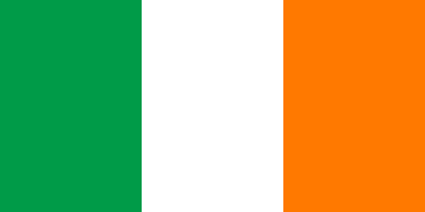
The flag of Ireland consists of three vertical stripes, green (for the south), white (for peace) and orange (for the north).
Since the Middle Ages, Ireland had been under the control and power of England, being part of the United Kingdom of Great Britain.
After many failed independence struggles over several centuries, a victory was won in 1921 that ended British rule. However, in the peace treaty the UK imposed that 6 counties in Ulster (where Protestant influence was strongest) remain under British rule. This division caused dissidents in the Irish Army (IRA) to continue their armed struggle for the total liberation of the island.
Today, the island of Ireland is still divided in two. The largest part of the island (the south) is an independent country called Ireland or the Republic of Ireland.
In the north is Northern Ireland as part of the United Kingdom of Great Britain and Northern Ireland.
People in Northern Ireland can choose to have a British passport or an Irish passport.
Ulster is not the same as Northern Ireland. Ulster is made up of 9 counties. 3 belong to the Republic of Ireland and 6 to Northern Ireland.
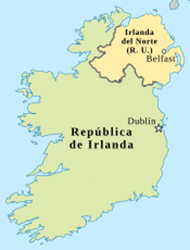
The Irish are a very sociable people, and lively conversation can be heard everywhere. The writer, Oscar Wilde, even said: ‘We are the greatest talkers after the Greeks’, and the handshake is the most common form of greeting.
Close contact between people is one of the most characteristic features of the Irish way of life, and almost everywhere you go you can feel the intimate atmosphere of a small province.
Pubs are often a meeting place, a place to socialise and have a good time with friends. In any part of the country, foreigners are always very welcome, thanks to the friendly, welcoming nature of Irish people.

The island of Ireland is divided into 4 Regions: Leinster to the east, Munster to the south, Connacht to the west and Ulster to the north. Administratively the island is divided into 32 counties, of which 28 are in the Republic of Ireland and the other 6 are part of Northern Ireland.

When it comes to meals, dinner is the most important meal of the day and is usually eaten in the evening.
Take-aways of fish & chips are very popular and cheap. Many pubs also serve meals such as steaks, soups, burgers and sandwiches, as well as drinks. It is very common to enjoy a beer or a sandwich while a live band plays to liven up the atmosphere. Fresh food can also be found at the popular open-air markets, which are found in every city and at Christmas time they are a must-visit place.
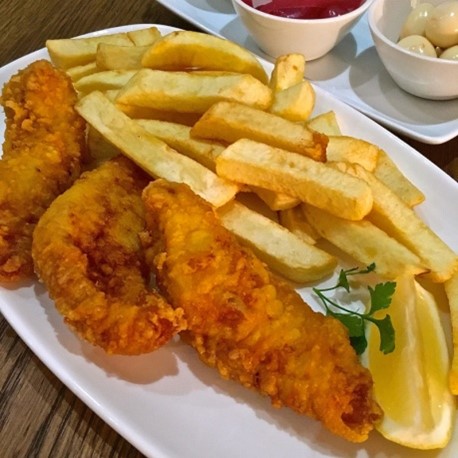
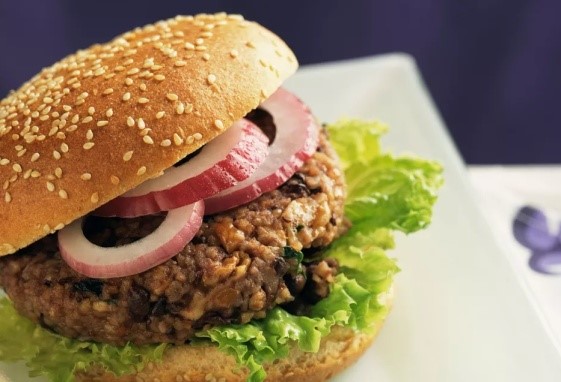
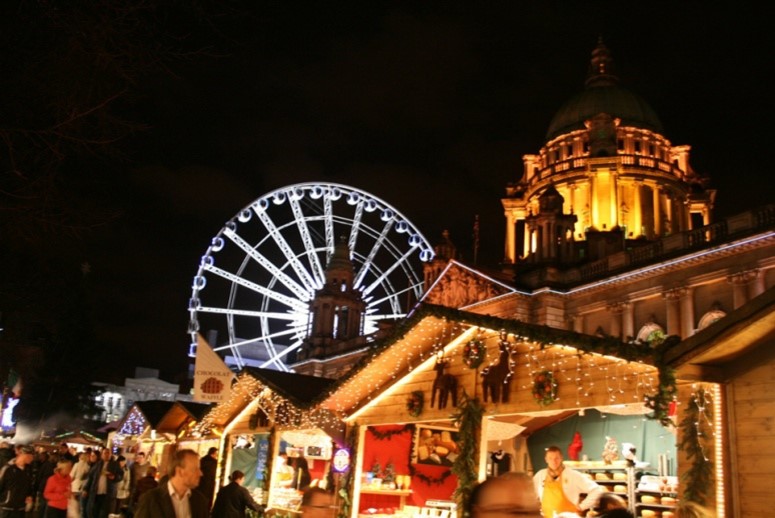
In cafés you can have a soup and sandwich or a combo platter for very little money.
The main ingredient in the Irish diet is potatoes and meat, which are accompanied by all sorts of vegetables and usually cooked with butter rather than oil.
The famous Irish breakfast is a combination dish of sausage, bacon, fried eggs, black pudding and roast tomato, accompanied by slices of bread and coffee. The Irish desserts are delicious, you can’t miss the “Cheesecake” made with Philadelphia cheese, delicious and with many flavours, such as lemon, strawberry, chocolate and even Baileys, as well as the “Carrot Cake” and the apple pie.
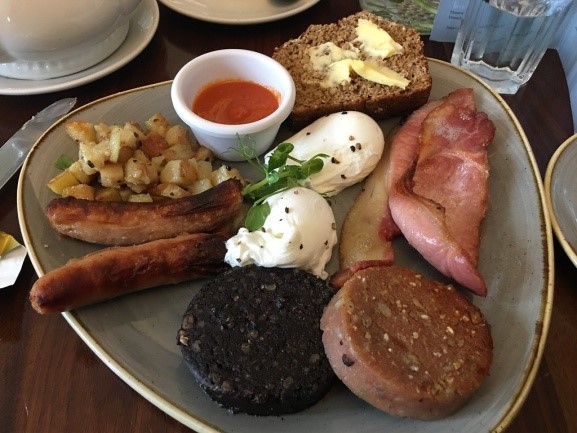
Irish coffee is a typical irish popular alcoholic berevage that should not be missed. It consists of coffee, brown sugar, whipped milk and Irish whiskey, and is sweeter and stronger than Scotch.

The island’s official beer is Guinness (a stout), served in pints or glasses, although you can also find good lagers such as Hop House.
Among Irish whiskeys, the best known are Paddy’s, Powers, and Jameson.
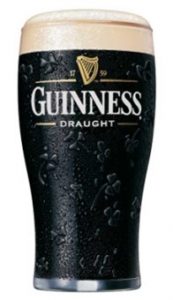
A special mention to the Irish plugs, as they are different from the ones in Spain.
If you bring electrical appliances, such as a mobile phone charger, a hairdryer or something to plug in, make sure you bring an adaptor, as Irish plugs here have 3 pins, two like ours and in the centre at the top there is another elongated one.
You can easily find adapters here.

Regarding transport, Ireland is well equipped with buses that travel all over the island, however if you prefer to move around by car you have two options:
- Bring your car from Spain.
You can do this by taking a ferry from Bilbao or from the north of France, but don’t forget to talk to your car insurance company to find out how much time you will be covered abroad.
- Buy one here.
Cars are cheap in Ireland, what is expensive is the car insurance and even more so with a Spanish licence, you can always apply for an Irish licence to get cheaper insurance (although it is still more expensive than Spanish insurance).
In Ireland there are three international airports: Dublin, Cork and Shannon, and domestic airports in Kerry, Waterford, Sligo, Galway, Donegal and Knock. The best connecting airlines are Aer Lingus and Ryanair.
The main airport is Dublin Airport, which is located about ten kilometres from the city, and has an excellent transport network that connects not only to Dublin, but also to major cities throughout the country. Dublin Airport is followed by Shannon Airport, Cork Airport and Belfast Airport, the less busy airports are Galway Airport, Kerry Airport, Knock Airport, Sligo Airport, Waterford Airport and Derry Airport.
If you would like to know more about Ireland, please do not hesitate to contact us.